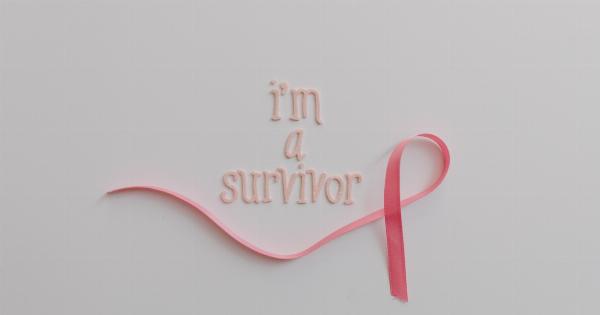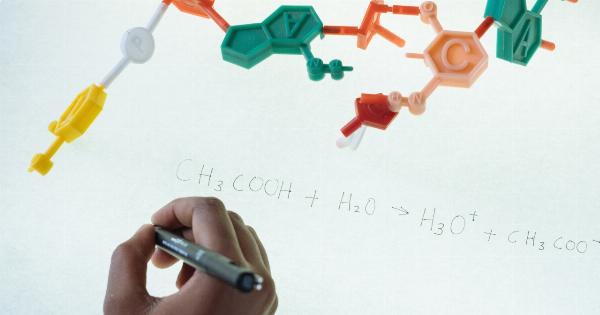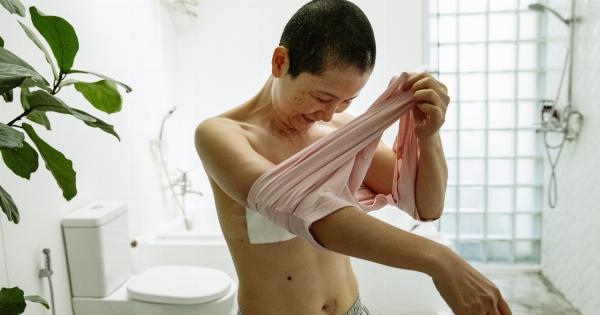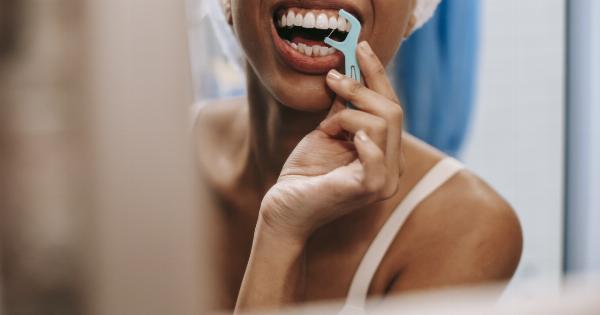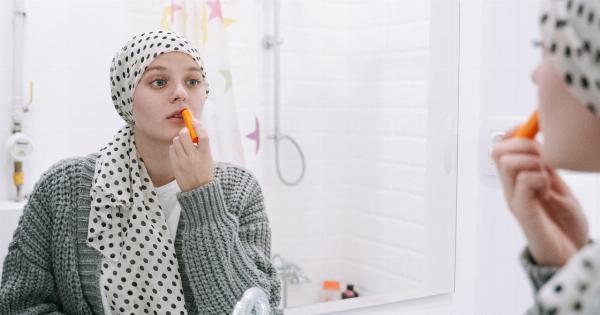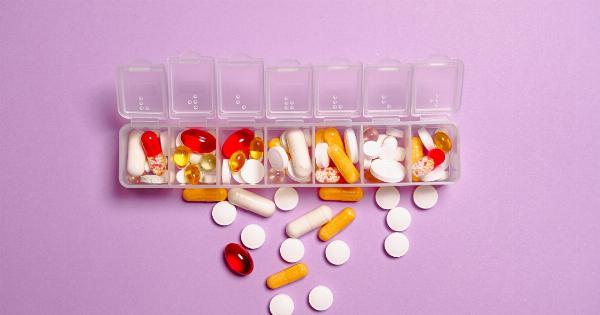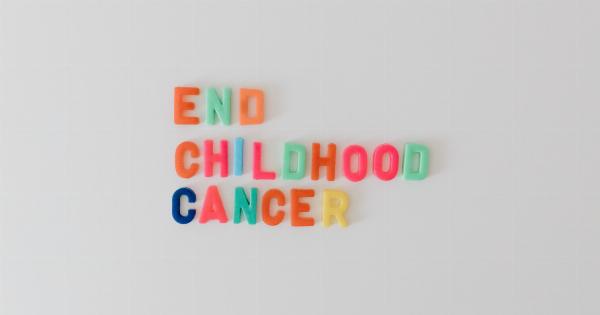A study has found that sterile women are at higher risk of developing breast cancer and diabetes than women who are not sterile.
This is because the absence of pregnancy, lactation, and menstruation can stop hormones from being released in the body and that can increase the risk of developing these diseases.
What is Sterility?
Sterility, also called infertility, is the inability to conceive a child after trying for more than a year. It is estimated that around 15% of couples worldwide experience infertility.
While infertility is often attributed to women, it is equally common in men and women. In women, infertility can be caused by various factors, such as hormonal imbalances, structural problems with the reproductive organs, or age. In men, infertility can be caused by problems with sperm production, quality, and function.
The Link Between Sterility and Breast Cancer
Breast cancer is the most common cancer among women worldwide. The risk of developing breast cancer is influenced by various factors, such as age, genetics, family history, lifestyle, and reproductive factors.
Women who have never had children or who have their first child after the age of 30 are at higher risk of developing breast cancer than women who have children earlier in life. This is because pregnancy and lactation can reduce the exposure of breast tissue to estrogen, a hormone that can promote the growth of breast cancer cells.
However, women who are sterile do not experience pregnancy or lactation, and that can increase their exposure to estrogen and the risk of developing breast cancer.
The Link Between Sterility and Diabetes
Diabetes is a chronic disease that occurs when the body cannot produce or effectively use insulin, a hormone that regulates blood sugar levels.
There are two main types of diabetes: type 1, which is caused by a lack of insulin production, and type 2, which is caused by insulin resistance and/or insufficient insulin production. Diabetes is a major health problem worldwide, with an estimated 463 million adults living with the disease in 2019.
Studies have found that women who have never given birth are at higher risk of developing type 2 diabetes than women who have children.
This is because pregnancy and lactation can increase insulin sensitivity and decrease insulin resistance, which can protect against type 2 diabetes. However, women who are sterile do not experience pregnancy or lactation, and that can reduce their insulin sensitivity and increase their insulin resistance, which can lead to type 2 diabetes.
The Importance of Preventive Measures
While sterility is a natural and often unavoidable condition, there are preventive measures that women can take to reduce the risk of developing breast cancer and diabetes. These measures include:.
- Regular breast examinations and mammograms to detect breast cancer early
- A healthy diet and regular exercise to maintain a healthy weight and reduce the risk of diabetes and other diseases
- Regular blood sugar and insulin level checks to detect diabetes early
- Hormone therapy or other medications that can reduce the risk of breast cancer and diabetes
Conclusion
Sterile women are at higher risk of developing breast cancer and diabetes because of the absence of pregnancy, lactation, and menstruation, which can reduce the exposure of the body to hormones and protect against these diseases.
However, preventive measures such as regular breast examinations, a healthy lifestyle, and medication can reduce the risk of developing these diseases. It is essential for women who are sterile to take these measures to maintain their health and well-being.




